MARKET REPORT FEBRUARY 2020
The following report contains updates on the current trends in production and availability of the most in-demand Essential Oils, Carrier Oils, and Raw Materials sourced from around the globe.
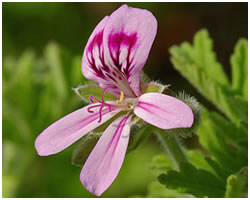
Geranium Essential Oil (Egyptian)
In Egypt, the Geranium plant can be found in the northern parts of Egypt, where it thrives under the region's arid-hot weather and damp soils. From mid-May to mid-July, the flowers and leaves of this perennial shrub are harvested and then steam-distilled to capture a sweet, floral essential oil. This year, the projected crop size is up 20% from last year, with roughly 360 T of essential oil expected.
The compromising health situation in China, who has remained the biggest global supplier of Geranium oil, has resulted in a tight market with high demand for Geranium predicted to soar even higher this year. Egypt is now forecasting a major boost in demand especially for the Egyptian variety.
Geranium Organic Essential Oil
Market conditions for Geranium Organic are similar to the conventional variety. A 20% increase in oil production can be expected this year, contingent on favorable weather and the absence of disease impacting crops. Egypt is predicting a substantial increase in demand for the Organic variety owing to adverse conditions affecting global market supply due to the coronavirus outbreak.
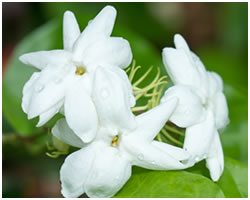
Jasmine Sambac Absolute
The aromatic flowers of the Jasmine Sambac plant in India are harvested from March to October. Growing conditions are currently reported to be favorable, apart from the persistent presence of dew, which can sometimes increase the crops' susceptibility to pathogenic diseases. The projected harvest yield is, at this time, not expected to change from last year. Market conditions are stable with no anticipated deviations in pricing.
Jasmine Grandiflorum Absolute
The flowers of the Jasmine Grandiflorum variety in India are harvested from June to December. Like Jasmine Sambac, the fields are experiencing excess dew, although it is reported that crop growth is currently normal. Due to a reduction in acreage, the harvest yield is expected to drop by roughly 10-20% this year. Pricing is currently stable, although a decline in production could mean increased prices to meet steady demand.
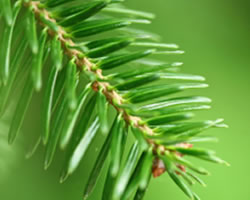
In Canada, Fir Balsam branches are carefully harvested between the months of April and November. The essential oil is typically extracted from the needles of trees logged for the Christmas season. Last year, the harvest yield dipped slightly; this year, crop conditions appear to be largely favorable and demand is high, although it is difficult to foresee the size of the yield until the start of the following season.
The market conditions for Fir Balsam essential oil, which had undergone increased pricing last season, are expected to ease in future months with prices hopefully coming down.
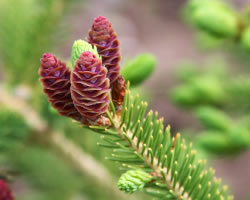
In Russia, the harvest period for Fir Needles lies between May and October. At present, there are no reported issues in growing conditions and market conditions are stable, with both demand and supply constant and at the same level as last year. Fir Needle Siberian essential oil is therefore likely to enjoy stable pricing in the coming months.
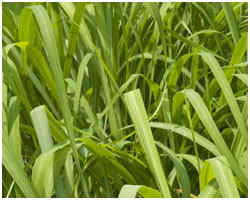
In India, the fragrant leaves of the perennial Citronella plant are harvested in three batches in January, May, and October. This year, excessive rain could negatively impact crop growth, although the harvest yield is reported to be marginally higher than expected. Demand for Citronella Organic, which is driven primarily by the manufacturing of commercial insect and mosquito repellants, have become more muted over the past two years. Depending on the extent of rain, market conditions are likely to become favorable for buyers with a possible decline in prices.
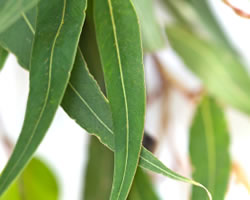
Eucalyptus trees in Australia have suffered extensively from the 2020 bushfires, and the process to regrowth and recovery has only just begun. The yield this year is understandably not expected to compare to last year, although the extent of impact is still to be determined. The harvest season for Eucalyptus begins in April and can last until November; heavy rains are anticipated in the upcoming months and will be a crucial factor affecting the size of the harvest yield.
With supply being hampered, there will be rising demand for Eucalyptus Blue Mallee in 2020, accompanied by a projected increase in prices.
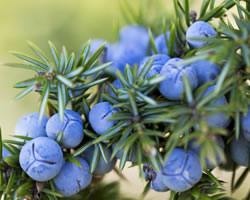
In India, the ripe blue berries of the Juniper shrub are harvested from May to August. Weather and growing conditions are currently favorable, with a 3-6% increase in harvest yield expected this year. Demand has also been on the incline, driven especially by the perfumery sector. Market conditions are largely steady for this popular essential oil, and stable pricing can be expected.
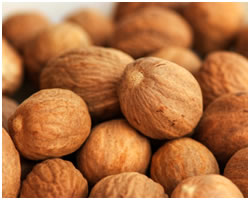
Nutmeg (India) Essential Oil
In India, the harvest period for Nutmeg begins in May, when the yellow-hued fruits housing the Nutmeg kernel splits open, and lasts until December. There are no reported issues in production, and a 5-6% increase in output is forecasted this year. Demand for Nutmeg (India) essential oil has increased, aligning with production, and market conditions are reported to be stable.
Nutmeg Organic Essential Oil
In Sri Lanka, the Nutmeg season will commence in the beginning of April and so far there are no reported issues in production. There is plenty of stock available from previous harvests to meet current levels of demand.
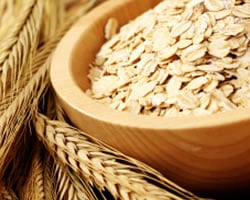
The regions of Northern Europe have suffered from an unusually dry weather spell this year, resulting in parched soils and what is likely to be the lowest harvest yield for Oats across Europe to date. In Sweden, the sewing of Oat seeds begins in early spring (in April/May), to harvest by autumn (in August/September). This year, Swedish oat production is forecasted to be at 700,000 T.
There has been growing demand for Oat Carrier Oil, owing primarily to the premium quality of Swedish oats and its affinity to the region's temperate climate. The resulting carrier oil is extremely nourishing with skin-protective properties and appealing sensory characteristics that have made it popular in cutting-edge skin care and cosmetics. With strong demand and a less-than-perfect harvest expected, early purchases may be ideal.
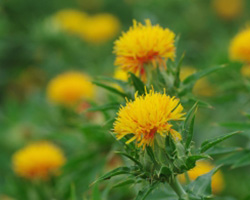
In Mexico, Safflower seeds are sown in November to be harvested in April and May. Safflower requires sufficiently moist soils in order to thrive; so far, weather conditions are reported to be promising, with the exception of a few regions that have not yet received adequate rainfall. On the positive side, a 10-15% increase in acreage is reported this year and Safflower is known to be fairly tolerant to lower levels of rain. Taken together, these weather conditions are expected to impact production only marginally.
The harvest yield this year is actually expected to surpass last year's yield and there is steady demand. Any potential excess demand can be met with the current supply and prices are not expected to change.

In New England, USA, Witch Hazel is wild-harvested under strict regulations during the fall and winter season to promote regrowth of these flowering shrubs. The size of the harvest this year will be contingent on natural growth and weather conditions, which impacts the resulting size and abundance of shrub growth. A sustainable means of entry into the forests is also essential. Demand for Witch Hazel is expected to grow year on year as medicinal, cosmetic, personal care, and research applications for this cherished botanical steadily advance and expand.
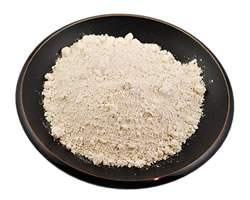
China seems well-equipped at present to ramp up production to meet any excess demand for Silk. Yearly production capacity is at 50-80T, and sales are only capturing about a third of this potential output. With Silk production capped at current demand levels to prevent oversupply, any sudden increases in demand in future months are not likely to result in price hikes.

Vitamin E - MT 50 - Raw Material - Verified by Ecocert
China is one of the largest producers of Soybean Oil in Asia. Used in the manufacturing of Vitamin E cosmetic-grade raw material, production of Soybean is mostly localized to North-East China, where harvesting takes place during the months of September and October. Soybean cultivation is currently progressing at a normal rate, however, steadily rising demand has constrained its supply. Prices will be increasing in the coming months.
Vitamin E - USP - Raw Material - Verified by Ecocert
Also derived from Soybean Oil originating from China, it is at present a tight market for Vitamin E - USP. Production is expected to remain unchanged this year and is unable to align with recent boosts in demand. As prices are expected to go up, early purchases are recommended.




